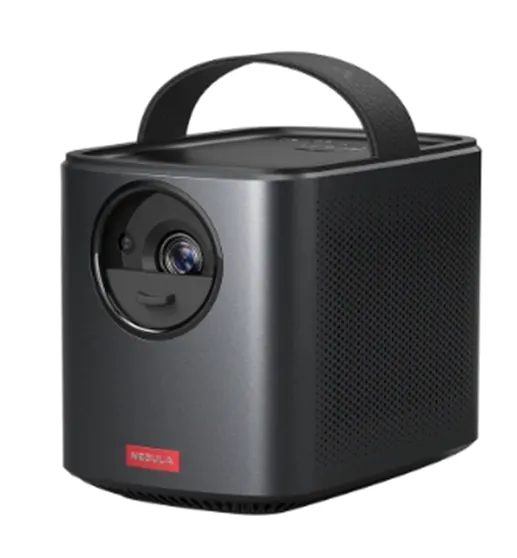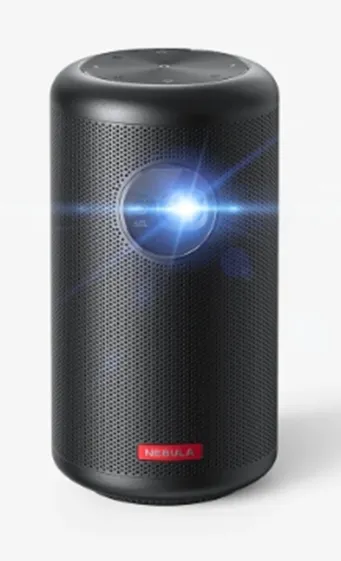We have been using a projector for a long time. The first digital projector was invented in 1991 (the Litepro Series), while the emergence of the first LCD projector in 1993 has significantly improved the display quality. At present, there are hundreds of smart projectors in the market that cover a variety of functions and applications. For sure, the difference between projector hardware will result in a different performance. Moreover, the functions of the smart projector vary between different models. In this article, we will demonstrate some of these functions that would affect the user’s experience.

What Are the Functions of the Smart Projector?
The hardware of the smart projector determines how well it could work, and the functions could promote the performance to a higher level. In most cases, the functions should include the following: Keystone correction, Auto Focus, and Smart Connections. All these functions will be demonstrated in detail in this section.
- Keystone Correction
Many smart projectors have a feature called keystone correction that helps to correct the trapezoidal distortion (results from non-perpendicular projection). Even if the smart projector isn’t precisely positioned, it basically manipulates the image digitally so that it appears rectangular on the projection surface. It is one of the most essential functions of a smart projector as it decides whether the image and shape are displayed correctly. Projectors lacking keystone correction functionality are limited to front and rear projection only, making it impossible for a side projection. The user’s viewing experience will be impacted by the distortion of the image produced by the side projection. You can position a smart projector next to yourself by using the keystone correction. By adjusting the angle, you can also obtain a square image. This function works great for projection on a mobile device. Normally, the position facing straight forward the wall or the curtain is not always empty, and users should not worry about putting the smart projector aside, by the support of keystone correction.
- Auto Focus
When we move the smart projector from one place to another, the display clearness will change as the distance and the direction change. Then, the user has to adjust the position very carefully to meet the best focusing point. But this annoying job could be avoided when your smart projector supports Auto Focus. Through the internal calculation system, your smart projector will show you the best playing quality automatically. The Auto Focus is normally implemented by the camera (some projectors will do this job through the laser). When choosing a smart projector, check it carefully and see if the smart projector supports Auto Focus.
- Smart Connections
Some projectors require a physical connection (for example, using the HDMI cable) to the other device, and it is not convenient in many circumstances (due to the limitation of cable length, positions, and others). Therefore, choosing a smart projector that supports a wireless connection could be better. For instance, some smart projectors could be connected through Hotspots, Wifi, and Bluetooth.

Conclusion
In conclusion, the keystone correction is related to how well the smart projector can correct the images when the projector is not placed straight in front of the curtain. It could improve the flexibility when the user has to adjust the projector’s position to the sides. Moreover, instead of manually controlling, the Auto Focus function will save the user’s time in case the smart projector needs to be moved and used in various places. Finally, it is vital that your smart projector can be connected through various ways, by which the user can plan a wider range of videos and pictures with different devices.